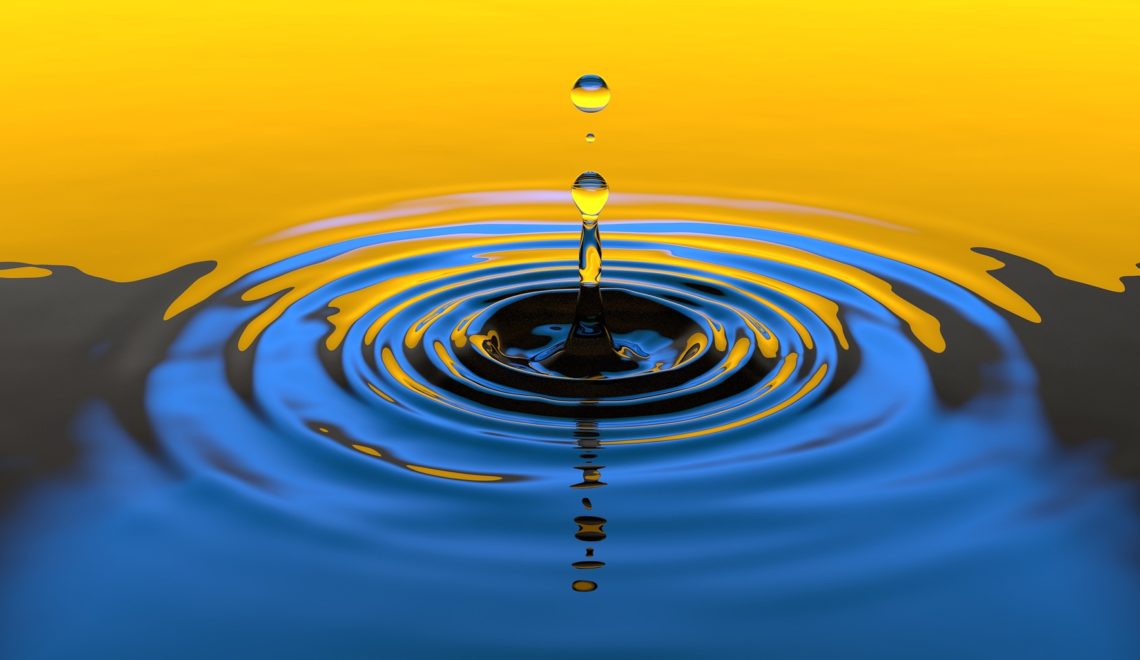
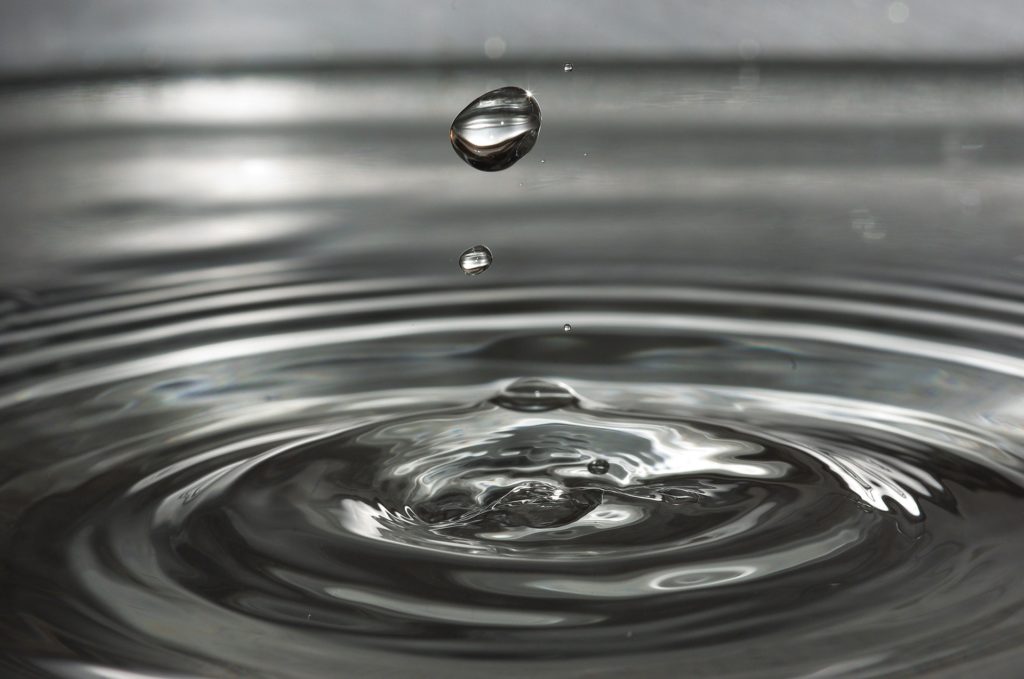
Drip, drip, drip…turn off your tap. Every drop counts and is not to be taken lightly. We have reached the point of no delay, it is urgent and imperative for everyone to take action now — take action to conserve water. I was recently reminded of the urgency to save the one thing we need most to live.
While driving home I noticed a water tanker in front of me, carrying drinking water to some unknown destination at some unknown length. As I followed the dilapidated tanker, I noticed it unwittingly splurge its contents, bathing the streets with gallons of water every few meters.
What an unnecessary waste, I thought. Yet an issue that would have been easily rectified, had someone noticed the condition of that tanker and taken measures to fix it. I think that the water lost from that tanker during its journey was nothing less than a few hundred litres — maybe even half of its carrying capacity, depending how how far it was going and where it came from.
India’s Water Crisis
Saddening as it was to watch, what saddens me even more is ignorance towards a serious crisis that faces India. Indeed, India is among the world’s most water-stressed countries. Over the last 60 years, the availability of water per person has fallen by nearly 400%. During the 1950’s, our country had 3,000-4,000 cubic meters of water per person. Now, India has approximately 1,000 cubic meters, largely on account of population growth. Moreover, lack of proper maintenance of existing infrastructure causes further losses of almost 40% of piped water in urban areas.
Water resources are finite. Add climate change to the equation and we will face potentially disastrous consequences for India’s food security and the livelihood of farmers — I think we are already seeing some of the consequences. Of course, this will further negatively affect India’s economic growth and development as well.
A report by the Composite Water Management Index (CWMI) summarises India’s water crisis quite succinctly. The main points highlighted include the following:
- 600 million people face high-to extreme water stress
- 75% of households do not have drinking water
- 84% rural households do not have piped water access
- 70% of our water is contaminated
- India is currently ranked 120 among 122 countries in the water quality index.
Our industry, our food security, everything will be at stake. It is a finite resource. It is not infinite. One day it can (become) extinct.
Niti Aayog
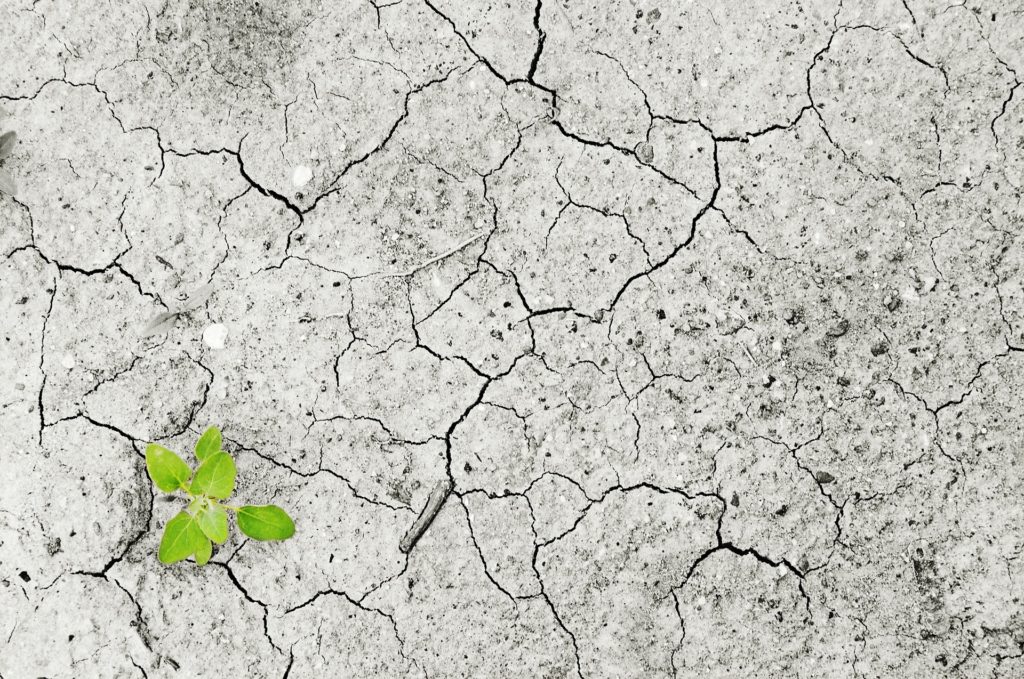
Rainfall
Year after year, the country receives weak rainfall, afflicting nearly a quarter of the population with severe drought— that is, around 330 million people. The situation is particularly bad in western and southern states that received below-average rainfall.
Water resources in India are not evenly distributed. Half of India’s annual precipitation falls in just 15 rain-soaked days, making floods and droughts an inevitable reality in the country. The World Bank states,
India does not so much face a water crisis as a water management crisis, calling for a fundamental reassessment of the way the country manages water.
Helping India Manage its Complex Water Resources, The World Bank
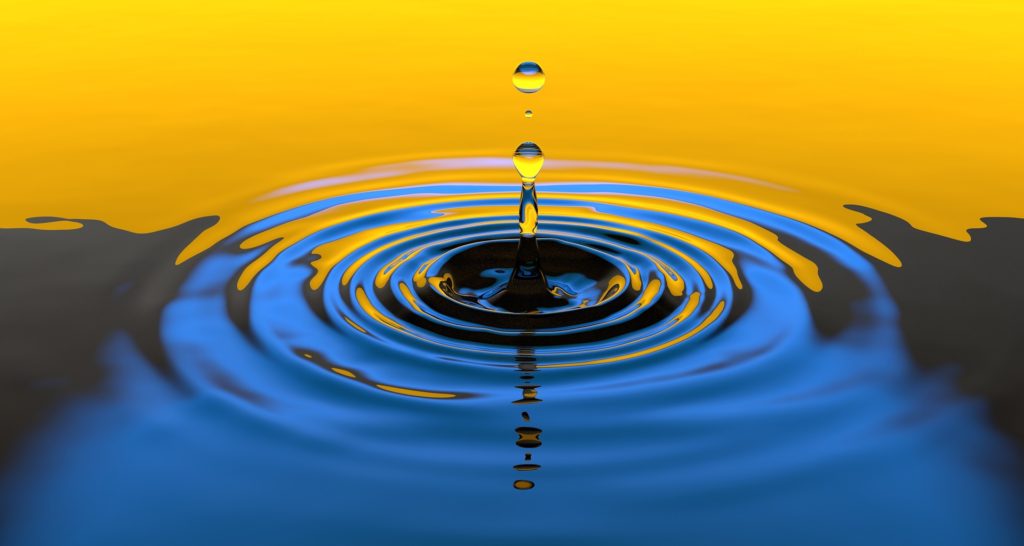
Groundwater
A report by The World Bank highlights just how quickly India is running through its groundwater supplies. India depends on groundwater for 80% of its domestic water supply. Groundwater extraction has seen a precipitous rise across India over the last few decades, making it the largest user of groundwater in the wold— India extracts 25% of all groundwater worldwide. More than half of India’s districts are threatened by groundwater depletion or contamination.
The World Bank highlights that if things continue as they are, 60% of India’s districts will likely see groundwater availability fall below critical levels in merely two decades. This in turn will put at least 25% of the country’s agriculture at risk.
According to the Composite Water Management Index (CWMI) report, 21 major cities will reach zero groundwater levels by 2020, affecting around 100 million people.
But groundwater is not managed by government institutions, they are in the hands of the people.
Unlike surface water bodies, which are managed by government institutions, groundwater management lies primarily in the hands of millions of water users across the country. A new World Bank supported project will soon introduce water conservation practices and help equip communities 78 districts in seven Indian states to manage groundwater.
Helping India Manage its Complex Water Resources, The World Bank
The reason why I have included this quote is to highlight that the problem does stop solely with the government. There are steps people can take collectively as well to help improve the crisis in India.
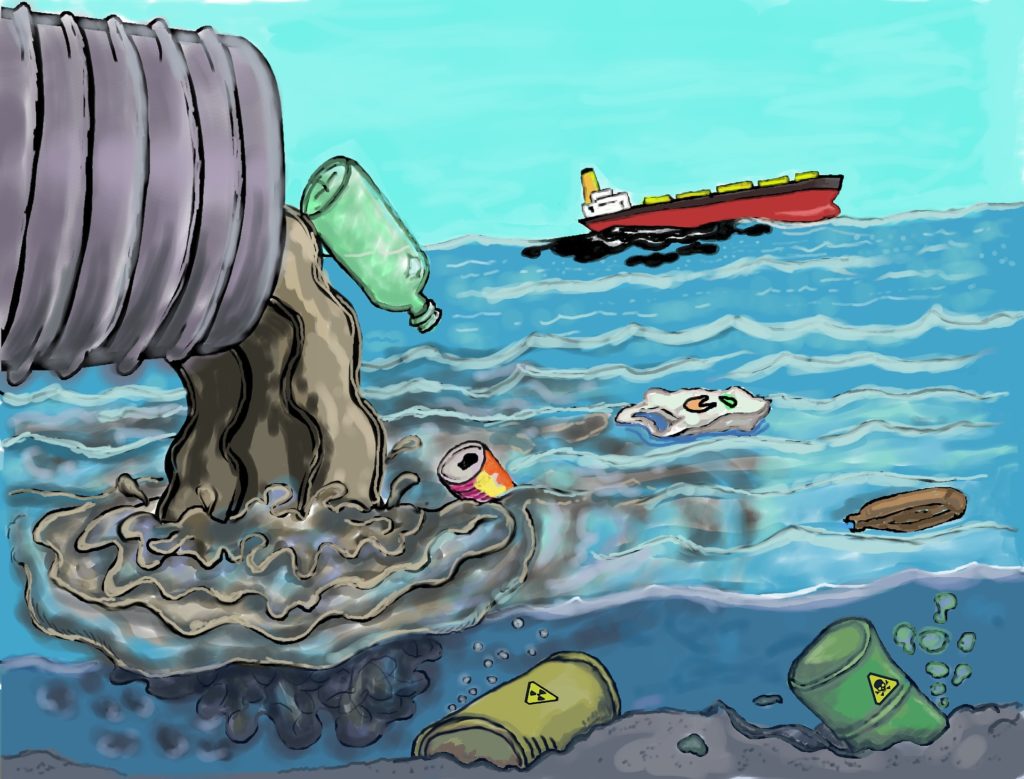
Contamination
This is another issue that India faces on a large scale — contamination by bio and chemical pollutants. Over 21% of the country’s diseases are water-related. Furthermore, only 33% of the country has access to traditional sanitation. People no longer trust municipal water systems. Many are skeptical of the government’s pledge to provide safe water for all by 2022. While bottled water sales have increased, this is an expensive option for many. Consider these key points,
- Only a quarter the total population in India has drinking water on their premise.
- 67% of Indian households do not treat their drinking water, even though it could be chemically or bacterially contaminated.
- Close to 200,000 people die each year from polluted water
- 70% of India’s water is contaminated, impacting three in four Indians and contributing to 20% of the country’s disease burden
UNICEF is calling for “the first comprehensive global assessment of water, sanitation and hygiene in health care facilities”
What Can You Do?
As you can see from the above, water is under threat from multiple different angles and the problem is only getting worse. So, here are a few things that you could do to make sure that you are doing your part in helping India. The World Health Organization states that you need approximately 20-25 litres of water daily to meet your basic hygiene and food requirements. The rest is used for non-potable things, like cleaning and washing your clothes. One way to save water is to ensure that the supply and usage is in accordance with standards required to conserve water.
1) Fix Leaks
Leaks waste a lot of water, which is something you can fix easily. Make sure you fix a leak or point it out if it’s not in your own home. Remember to get someone to fix any leaking taps or toilets as soon as they are reported.One leaking toilet can waste more than 50 gallons of water each day. A dripping faucet or shower head can waste up to 1,000 gallons per week!
Here is the story of a simple man from Mumbai on a dedicated mission to save every drop of water he can.
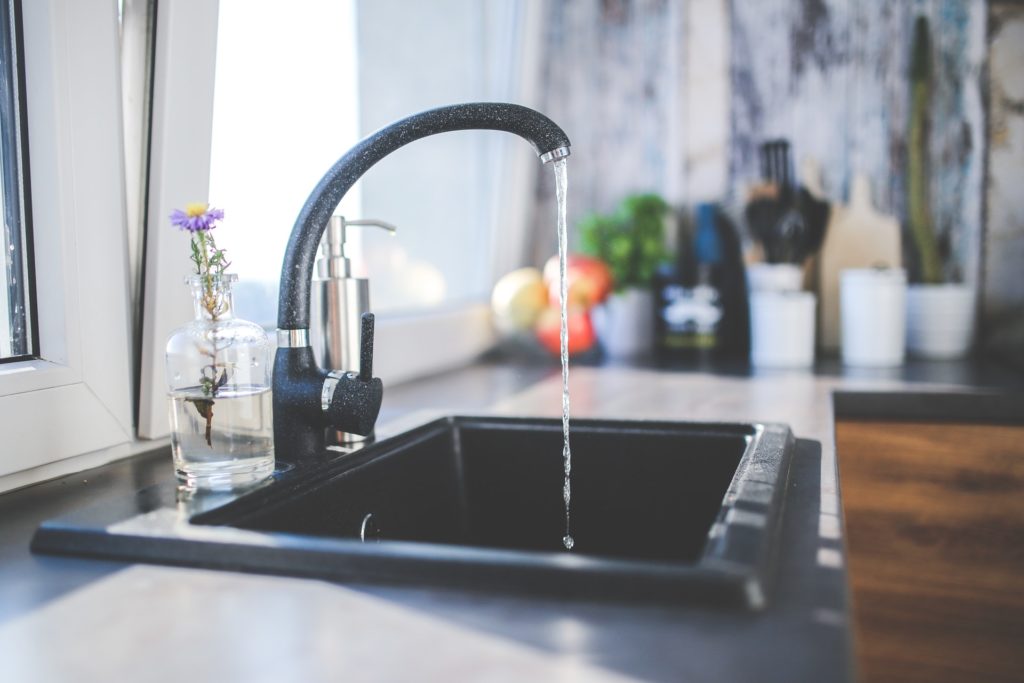
2) Turn off Your Tap
Whether you are brushing your teeth or doing the dishes, turn the off the tap. Water comes out of the average faucet at 2.5 gallons per minute. Also, turn off the tap while washing your hands. I would recommend doing so even when you are showering. A four-minute shower uses approximately 20 to 40 gallons of water.
So, while you’re soaping yourself and such, turn the shower off. It is also best not to take multiple showers per day, unless you absolutely have to. And do not linger in the shower despite the immense joy it might give you to feel the hot water on your skin on a cold day.
Shower Buckets are another way to save water while waiting. Instead of letting the water pour down the drain, stick a bucket under the faucet while you wait for your shower water to heat up. You can then use this water to flush your toilet or water your plants.
In general, don’t leave your tap running when you are doing anything.
3) Don’t Flush Things Down the Toilet
Do not flush things down the toilet. These include — sanitary towels, cigarette butts, facial tissues and other small bits of trash. Every flush uses gallons of water, so be mindful about that as well.
4) Put Plastic Bottles or a Tank Bank in Your Toilet Tank
To cut down on water waste, put an inch or two of sand or pebbles inside two plastic bottles. Fill the bottles with water, screw the lids on, and put them in your toilet tank, safely away from the operating mechanisms. Or, buy an inexpensive tank bank or float booster. This could help save over ten gallons of water per day. However, you must ensure that at least three gallons of water remain in the tank so that it flushes properly.
You could also retrofit flushometer or tankless toilets with water-saving diaphragms to save one gallon per flush. And you could replace old toilets with new low-volume models. Old toilets use as much as 4.5 gallons per flush, while low-volume toilets use only 1.6 gallons.
5) Install Rainwater Tanks
If you’re in college, talk to your principal, maintenance coordinator and school council about installing rainwater tanks. Once installed, you can connect the tanks to your toilets or use the water for your school gardens. If you’re at home, either do this yourself or talk to your parents about making an investment in saving water. Rain barrels are great for rainwater harvesting, which is a great way for you to do your part.
6) Install an Adjustable Toilet Flapper
Installing an adjustable toilet flapper will allow you to adjust your flush rate to the minimum per flush setting that achieves a single good flush each time.
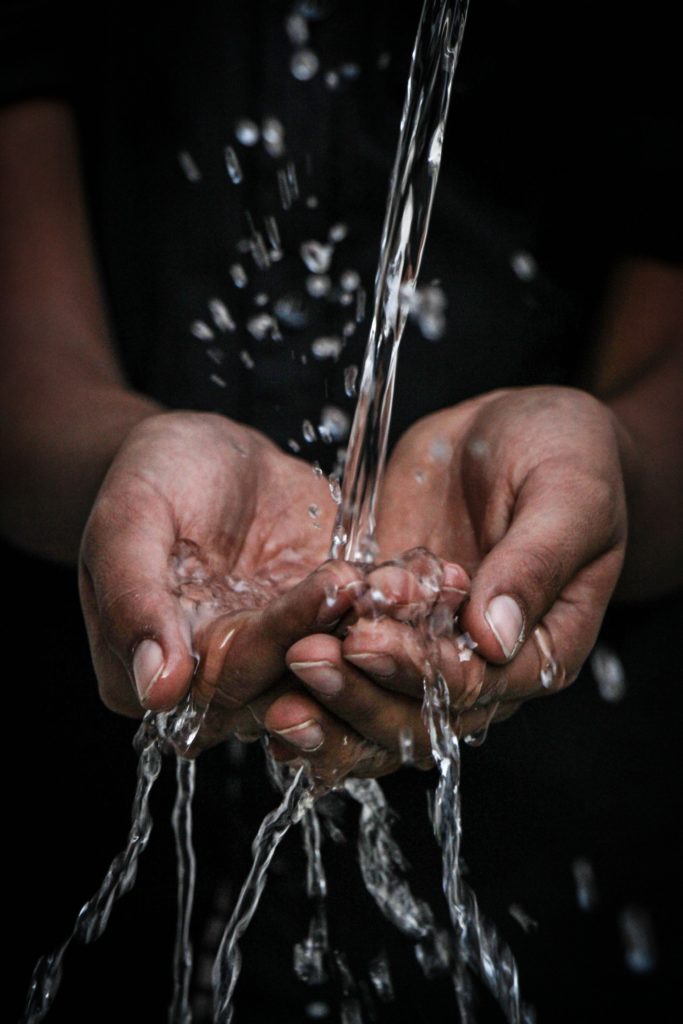
7) Install Water-Saving Showerheads, Shower Timers, and Low-Flow Faucet Aerators
Aerating your faucets, investing in a low-flow toilet, choosing efficient shower heads, and opting for a Water Sense rated dishwasher and washing machine can add up to big water savings. Inexpensive water-saving low-flow showerheads or restrictors are easy to install.
“Low-flow” means it uses less than 2.5 gallons per minute. You can easily install a ShowerStart, or add a ShowerStart converter to existing showerheads, which automatically pauses a running shower once it gets warm.
8) Eliminate Unnecessary Water Use
Set sprinklers to cover only lawn or garden, not sidewalks, driveways, or gutters. Mulch around plants and trees to retain moisture and prevent weeds. Minimize lawns or just get rid of your lawn. Lawns use more water than any other landscape plants. Install rubberized turf or native grasses that are drought tolerant instead. You could also consider succulents, and other plants that don’t need much water to survive.
Or you could opt for a xeriscaped landscape that incorporates water wise ground cover. Use drip and other low-flow irrigation devices. Always use a broom to clean walkways, driveways, and entrances rather than using a hose.
9) Use Washing Machines Only For Full Loads
When it comes to washing machines, avoid the permanent press cycle, which uses an additional 5 gallons (20 liters) for the extra rinse. For partial loads, adjust water levels to match the size of the load. And finally, minimise the amount of loads you run — that is, wait until you have a full load of clothes.
10) Create a Culture of Water Conservation
Post colourful stickers and signs to promote water conservation and get as many people involved as you can — in fact, if it’s possible, start a movement or program in your college.
You can do things like compare water use over time, and keep track of your progress. Hold school or community events that focus on water conservation actions and wastewater issues. Stay informed about the latest requirements for water conservation. Encourage your classmates and anyone you can to use refillable water bottles and educate them to pour leftover water onto the garden. Educate them about water conservation in general.
Let’s save our planet one drop at a time. Here is another way you could help the environment in general: The Green Thumbs Initiative by TATA
Tags- How to Conserve Water, simple ways to save water, how to save water in daily life, save water wikipedia






